The red-eyed tree frog is one of the most striking and recognizable amphibians in the world. With its vibrant colors and unique characteristics, this species has captured the hearts of nature lovers and scientists alike. In this article, we'll explore everything you need to know about the red-eyed tree frog, including its habitat, diet, behavior, and conservation status.
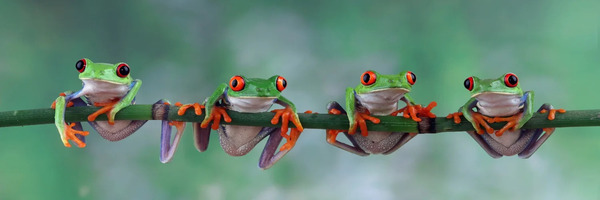
The red-eyed tree frog (Agalychnis callidryas) is a small tree frog native to Central America. It is best known for its bright green body, large red eyes, and striking blue and yellow stripes on its sides. These features not only make it visually appealing but also serve important functions in its survival.
Coloration: The vibrant green body helps the frog blend into the leaves and foliage of its rainforest habitat, providing camouflage from predators.
Eyes: The large red eyes are not just for show; they can startle potential threats when the frog feels threatened.
Size: Adult red-eyed tree frogs typically measure about 2 to 4 inches in length.
Red-eyed tree frogs are primarily found in the tropical rainforests of Central America, including countries like Costa Rica, Nicaragua, Honduras, and Panama. They thrive in humid environments near ponds, swamps, and streams, where they can easily find food and breeding sites.
These frogs prefer to live high in the trees (arboreal), where they can camouflage themselves among the leaves. They are most active at night (nocturnal) and spend the daytime resting on leaves or branches, waiting for the night to hunt for food.
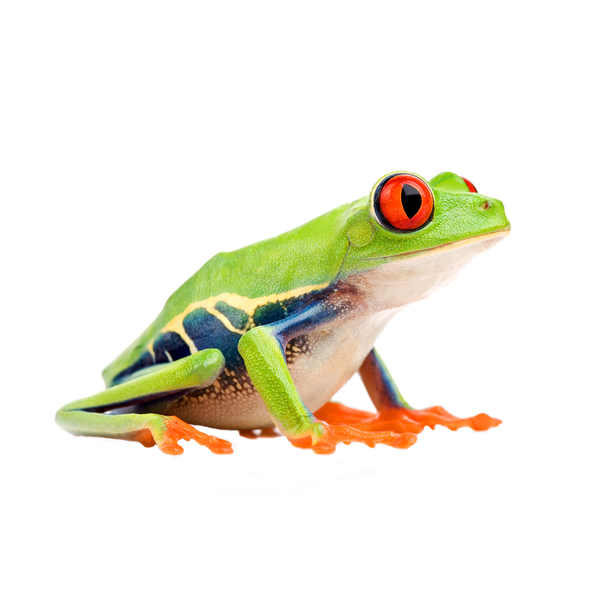
The diet of the red-eyed tree frog mainly consists of insects such as:
Crickets
Moths
Flies
Grasshoppers
Red-eyed tree frogs are opportunistic feeders, meaning they will consume whatever small prey is available. Their long, sticky tongues help them catch insects quickly and efficiently.
During the breeding season, male red-eyed tree frogs call out to attract females. Their distinctive croaking sounds can be heard echoing through the rainforest. Once a female selects a mate, they will climb to a suitable location near water to lay their eggs.
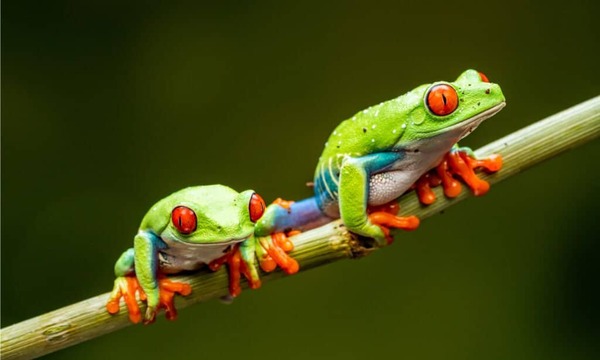
The female lays her eggs on the undersides of leaves above the water. This strategy protects the eggs from predators and helps ensure that the tadpoles drop into the water once they hatch. After about 6 to 10 days, the eggs hatch into tadpoles, which then develop into adult frogs over several weeks.
While the red-eyed tree frog is not currently considered endangered, its population faces threats due to habitat loss, climate change, and pollution. Deforestation and agricultural expansion in Central America are major concerns, as these practices reduce the natural habitat for these beautiful creatures.
You can help protect red-eyed tree frogs and their habitats by:
Supporting conservation organizations focused on rainforest preservation.
Reducing your carbon footprint to combat climate change.
Advocating for sustainable agricultural practices.
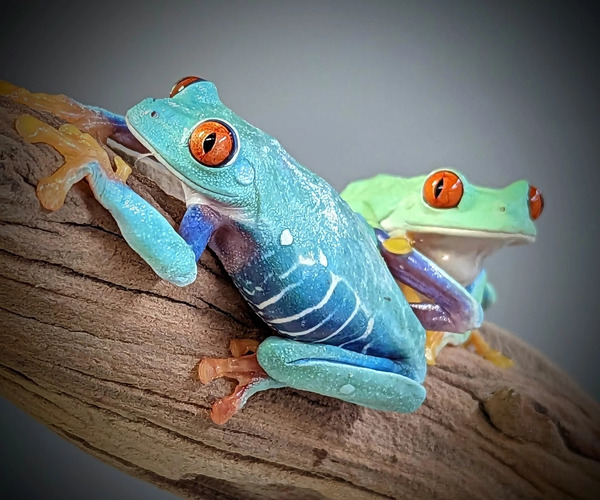
The exact population of red-eyed tree frogs (Agalychnis callidryas) is challenging to determine, as they are widespread across Central America. However, they are not currently classified as endangered. The IUCN Red List categorizes them as "Least Concern," which means they have a stable population in their natural habitats.
Despite this, certain local populations may be declining due to habitat loss, climate change, and pollution. Their primary habitats—tropical rainforests—are under threat from deforestation and agricultural expansion. Conservation efforts in some areas are crucial to maintaining healthy populations of these frogs.
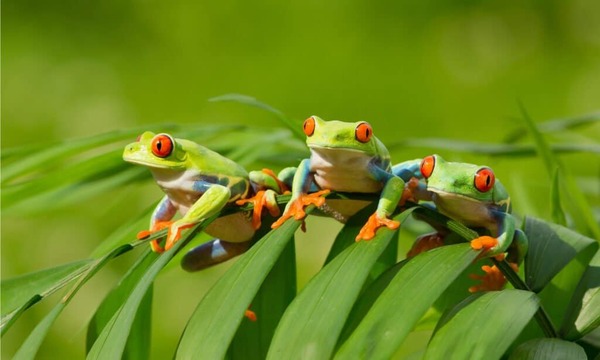
Red-eyed tree frogs are not considered poisonous. They do not produce toxic substances that can harm predators or humans. However, they do have some chemical defenses that help them avoid being eaten. When threatened, their vibrant colors can serve as a warning signal to potential predators, indicating that they are not a suitable food source.
While red-eyed tree frogs themselves are not toxic, it’s essential to note that some other amphibians and reptiles can be poisonous. If you encounter a frog in the wild, it’s always best to admire it from a distance and avoid handling it, as some frogs can absorb toxins through their skin.
In conclusion, red-eyed tree frogs are relatively common and not poisonous, but their populations face threats that require attention and conservation efforts to ensure their continued existence in the wild.
The red-eyed tree frog is not only a symbol of the beauty of tropical rainforests but also a crucial part of its ecosystem. By understanding more about this incredible species and the challenges it faces, we can take steps to ensure its survival for future generations. Whether you're a nature enthusiast, a student, or just curious about wildlife, the red-eyed tree frog is a fascinating creature worth learning about.
animal tags: red-eyed-tree-frog
We created this article in conjunction with AI technology, then made sure it was fact-checked and edited by a Animals Top editor.